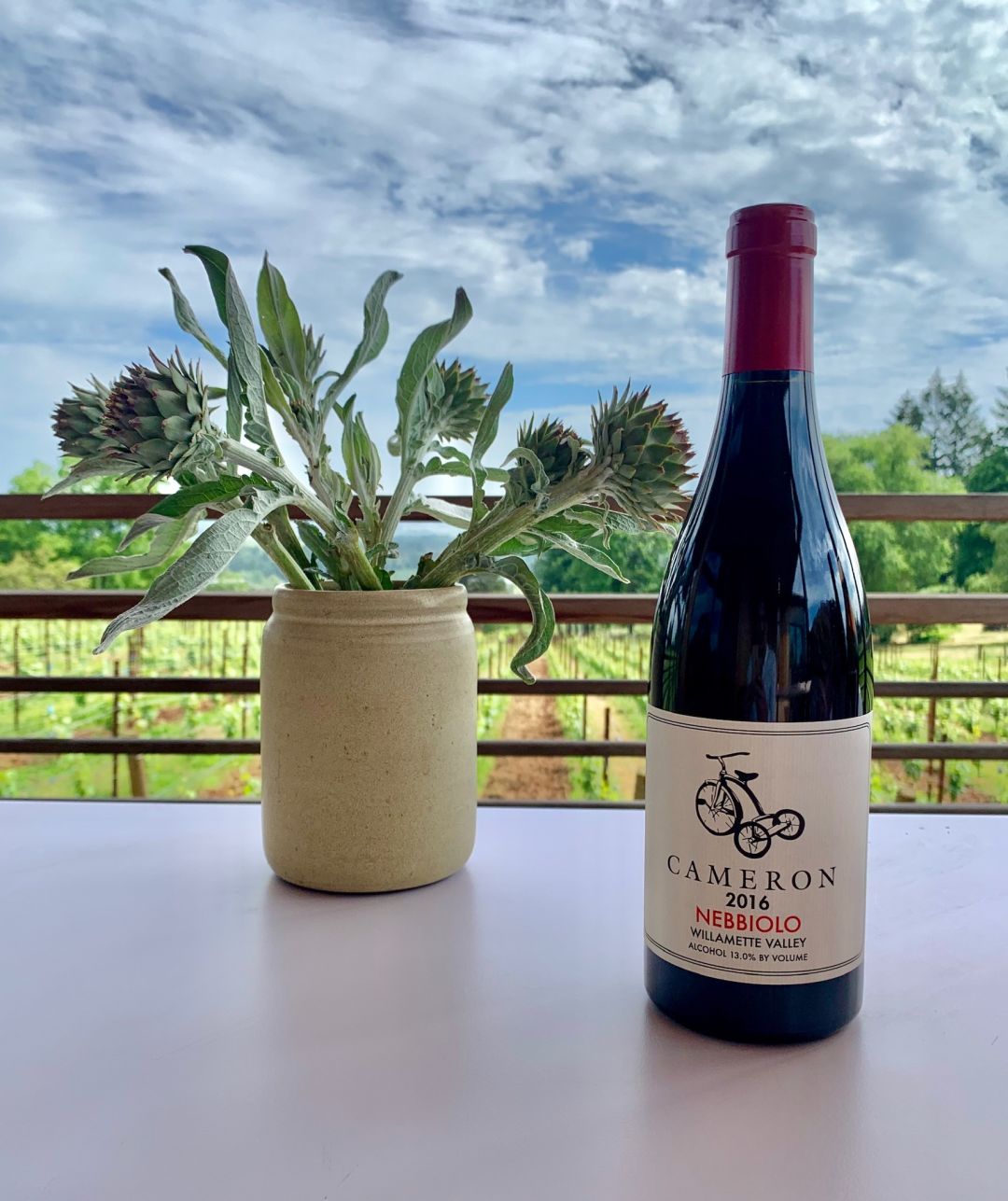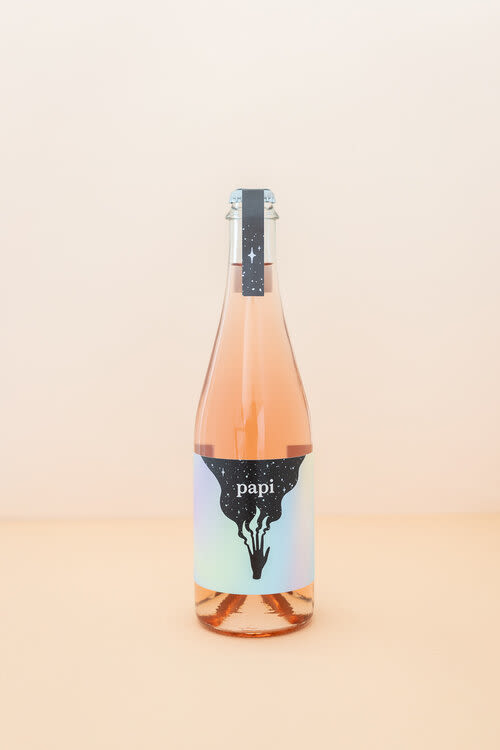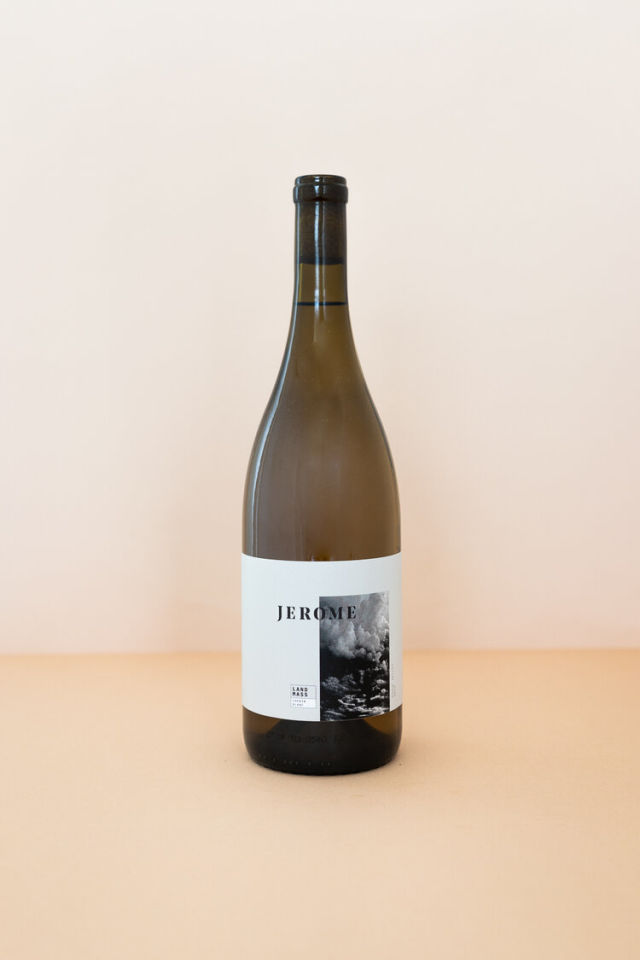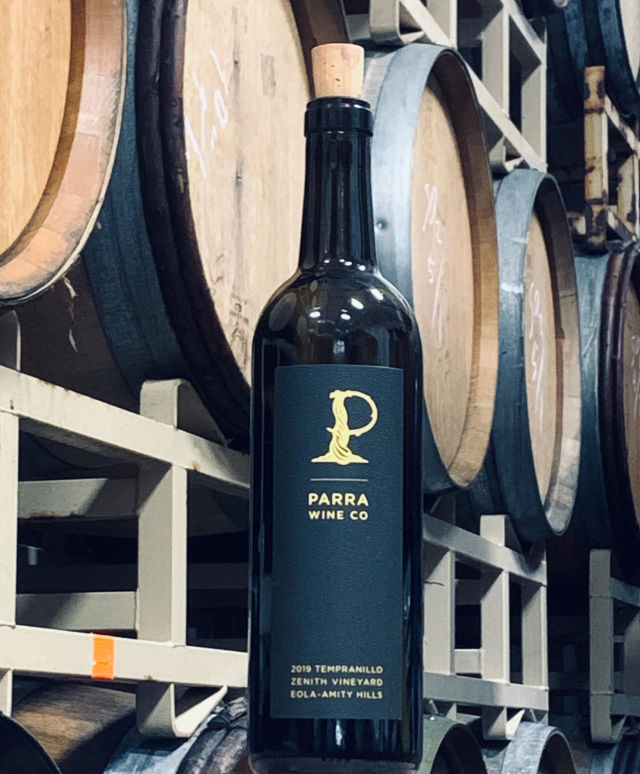Meet Your New Favorite Wine This Holiday Season

When Cameron’s winemaker, John Paul Cameron, visited Piemonte, Italy, he noticed the similarities in terrain and climate and thought nebbiolo could grow in Oregon as well.
Image: Courtesy Cameron Winery
The Willamette Valley is renowned for producing world-class pinot noir and chardonnay, and the term “Oregon wine” has become synonymous with pinot. But Portland’s beloved wine region also grows elegant pinot gris, Riesling, and Syrah, among others. Because Oregon has such a diverse array of microclimates, an astounding number of varietals can be grown throughout the state. Since we’re celebrating the season a little differently this year, let’s drink differently, too, and expand our horizons while supporting our local vintners.
Sparkling

Image: Courtesy Landmass Wines
Pinot noir and chardonnay are the main grapes used in Champagne, and the Willamette Valley produces wonderful sparkling wines made using the Champagne method, which involves a second fermentation in the bottle, creating carbonation. Argyle Winery is known as a sparkling house and has been making its balanced and elegant Vintage Brut using this method since 1987—a reliable, delectable sparkling to serve at any party.
But sparkling wines made from less traditional varietals are becoming more common, alongside an interest in Method Ancestral, in which the wine finishes its first and only fermentation in the bottle, resulting in a wine that’s lightly carbonated and typically lower in alcohol. A local standout is Love & Squalor Winery’s Pet Matt Dry Riesling, which is bright and citrusy with notes of brioche. Sparkling tempranillos are few and far between, and Landmass Winery’s Papi Tempranillo comes in a 500 mL bottle—a perfect stocking stuffer. Landmass winemaker Melaney Schmidt explains why she chose this fruit to make a sparkling rosé: “Tempranillo is a playful grape when it’s turned into a rosé. It’s bouncy and full of strawberries and more fruit-forward, even though it’s bone dry.”
White

Landmass Wines’ Jerome chenin blanc is made from grapes sourced in the Rogue Valley in a vineyard near Talent, Oregon, at an elevation of 1,900 feet.
Image: Courtesy Landmass Wines
For a classic chardonnay, try Lingua Franca Winery’s Estate Chardonnay, with balanced acidity and oak influences. It pairs well with butter and cream or earthy and sweet spices. But if you’re looking to pair your holiday dinner with something a little different, try chenin blanc. Landmass Wines’s Jerome is made from grapes sourced in the Rogue Valley in a vineyard near Talent, Oregon at an elevation of 1,900 feet—an elevation that thankfully resulted in minimal smoke damage to the grapes from this year’s wildfires in Talent and the surrounding region. The wine, which has notes of honeydew melon, sweet grass, and yellow nectarine and “slatey minerality,” pairs well with delicate dishes like pear and walnut salads. Thanks to its acidity, it can also hold up to rich cheeses and creamy dishes. Explains Schmidt: “Chenin blanc is a winemaker’s varietal, because you can put your mark on it and it can taste completely different from the next person, even if it came from the same vineyard.”
Red
To add a new local red to your table, try one with supple tannins and acidity to complement your holiday feast, such as a nebbiolo or tempranillo. Cameron Winery’s nebbiolo comes from two small vineyards in the Dundee Hills and Ribbon Ridge. The Willamette Valley is approximately the same latitude as Piemonte, Italy, and when Cameron’s winemaker, John Paul Cameron, visited the Italian region, he noticed the similarities in terrain and climate and thought nebbiolo could grow in Oregon as well. It took 16 years from his first planting to his first vintage, with much guidance from well-versed vintners in Piemonte. The wine is vinified with traditional techniques, resulting in a red with high acid, fine tannins, and notes of dried cherries. The process takes time, but Cameron has the patience. “These are very ageable wines, and in fact kind of demand it, which is why it takes four full years after the harvest before we release the wines,” he says.

In contrast with a tempranillo from Spain, which usually showcases notes of cherry, leather, and tobacco, Parra’s wine “will have more raspberry, hibiscus, pomegranate, with very lively fruit,” according to the winemaker.
Image: Courtesy Parra Wine Company
Tempranillo is uncommon in the Willamette Valley, but sommelier Miguel Marquez Garcia at Vino Veritas Wine Bar points to a favorite: Parra Wine Company’s tempranillo, grown from a single vineyard in the Eola-Amity Hills. “It’s very elegant yet packed with flavor, and it’s a perfect demonstration of the diversity we can achieve in this region.”
Winemaker Sam Parra cut his teeth in Napa Valley before moving to the Willamette Valley in 2016, where he works with established growers producing single-vineyard wines. Just three acres of tempranillo grow at Zenith Vineyard, and Parra produced only 65 cases of his 2019 tempranillo from those grapes. In contrast with a tempranillo from Spain, which usually showcases notes of cherry, leather, and tobacco, Parra’s wine “will have more raspberry, hibiscus, pomegranate, with very lively fruit,” says Parra. It can replace your Pinot or Gamay, and it partners well with grilled meats, braised dishes, and tomato sauces.
Rosé
Most people might think of rosé as a summer quaff, but it’s perfect for chowing down on Christmas Eve takeout, prepping your holiday dinner, or enjoying a lazy brunch while watching basketball. Rosé is here for you; it is the bridge between hours you’ve needed all year. In the Willamette Valley, rosé of pinot noir is abundant, with bright fresh berry notes and lovely acidity. Try a skin contact wine, or a rosé made from a varietal blend to add complexity to your table. Loop de Loop Winery’s Pink Oranges is both: it’s a co-fermentation of pinot noir and pinot blanc grown side-by-side on Underwood Mountain. It’ll hold up to charcuterie and partner equally well with squash and winter vegetables, with fresh citrus notes and surprising salinity and depth.




